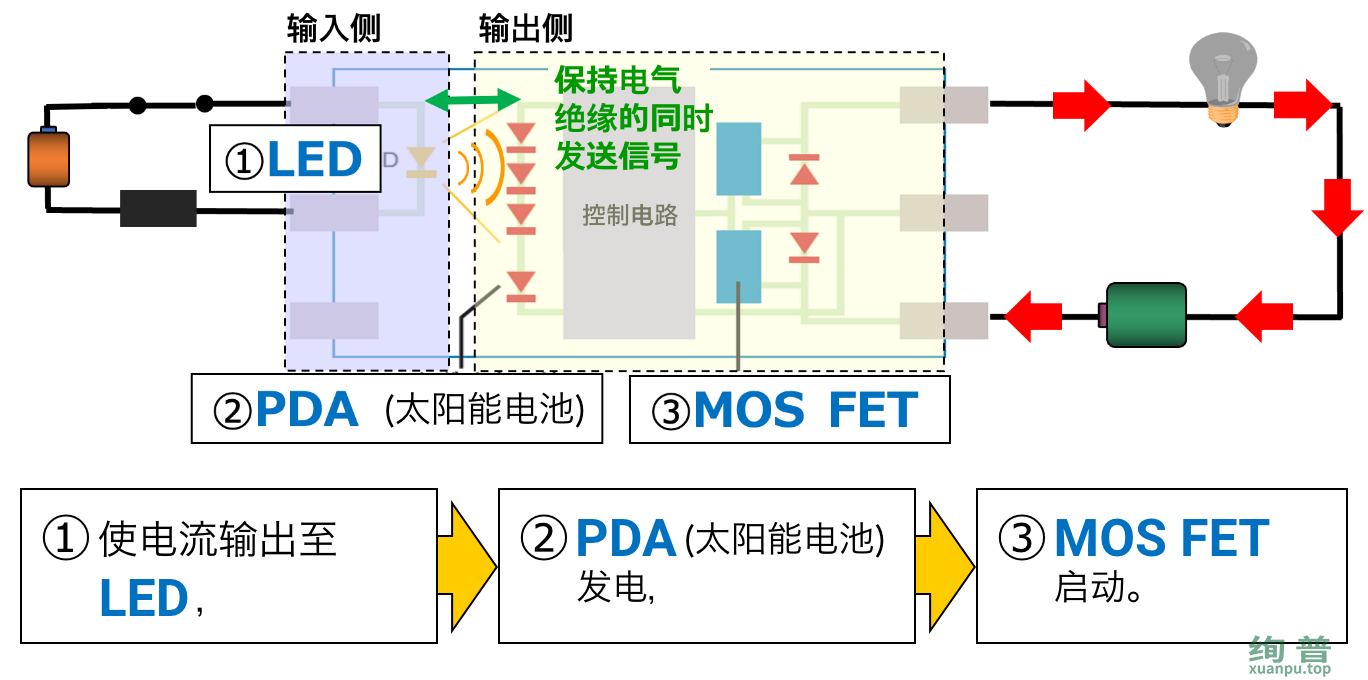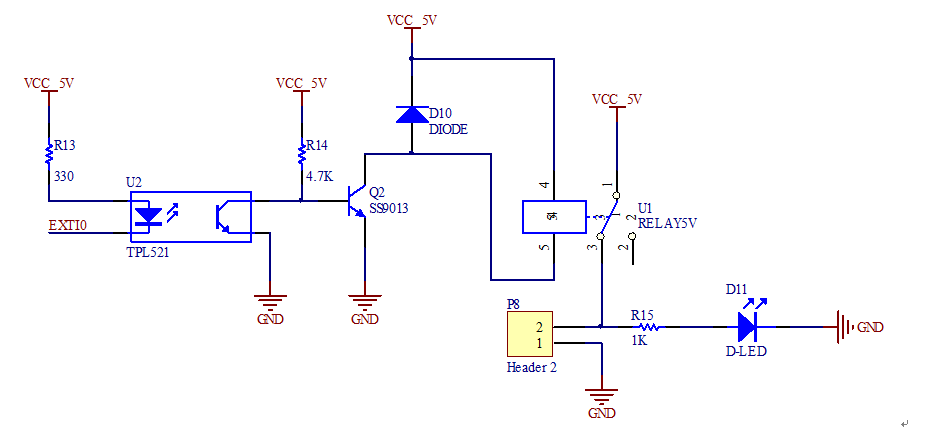Welcome to Shanghai Xuanpu Electronic Technology Co., Ltd!
- Site Map
- Contact Us
- Follow WeChat

-
 简体中文
简体中文
Welcome to Shanghai Xuanpu Electronic Technology Co., Ltd!

 简体中文
简体中文
Hotline
+86-21-34291916The working principle of optocoupler relay is based on the photoelectric effect and the characteristics of semiconductor devices. The following is a brief explanation of the working principle of optocoupler relay:
Light emitting part: The light emitting part of an optocoupler relay is usually composed of light emitting diodes (LEDs). When sufficient forward voltage is applied through the LED, the LED will emit light. The emitted light is transmitted to the photosensitive part.
Light sensitive part: The light sensitive part of an optocoupler relay usually includes photodiodes, phototransistors, or photoresistors. These devices are sensitive to the photosensitive effect, meaning their resistance or current is affected by the intensity of light exposure.
Coupling effect: The light emitted by the LED illuminates the photosensitive part, exciting the charge inside the photosensitive device. The changes in these charges cause variations in the resistance or current of the photosensitive device.

Control section: The resistance or current changes of the photosensitive device are connected to a control device such as a transistor or transistor. When the resistance or current change caused by light reaches a certain threshold, the control device will be triggered.
Relay part: After the control device is triggered, it can open or close the control circuit of a relay. A relay is an electronic switch that can transmit or isolate signals in a circuit. This enables the optocoupler relay to achieve electrical isolation between different circuits.

In short, optocoupler relays use light irradiation to control semiconductor devices, thereby achieving signal isolation and electrical control functions. This isolation property makes optocoupler relays widely used in industrial automation, power control, and other fields.
Copyright © 2023-2025 Shanghai Xuanpu Electronic Technology Co., Ltd. All rights reserved 备案号:沪ICP备19025686号-1